The exhibition, displaying photos of Iranian prostitutes, mentally retarded children, and workers before the Islamic Revolution had been banned by the shah’s intelligence service SAVAK after several days on display at the Obaid Auditorium of the University of Tehran in 1978.
The event has been organized on the occasion of the Second Kaveh Golestan Photojournalism Awards ceremony, held in Tehran on Monday. The award was established a few days after Golestan was killed by a land mine explosion in Iraqi Kurdistan on April 2, 2003 while working for the BBC.
“The photographer Kaveh always placed a warning message in his works. He had an extraordinary capability in his field. He was daring and used to take risks, but he also used to take simple photos. Kaveh’s work in this exhibition, considered by social experts to be some of the best carried out in this field, will be eternal in the history of Iranian photography,” photographer Mohammad Farnud told the Iranian Students News Agency (ISNA) on Tuesday.
Meanwhile, the Iranian Artists Forum’s other gallery, Momayyez, is currently hosting another photo exhibition entitled “Tell Majnun: Stay Alive” which displays works of Golestan and Farnud on the theme of the Sacred Defense (1980-1988 Iran-Iraq war).
“It is wrong to focus on war only during Sacred Defense Week. If we don’t make the people aware, our society will suffer a shock. We should analyze problems, using new methods and technologies. Who can stop the truth? We are not today’s children; we are the generation of the war and the revolution. We know how to do our work, and talk clearly and frankly, and so do our photos,” Farnud said.
According to Farnud, the two had planned to hold a joint exhibition, but it was canceled after Golestan’s death.
Farnud then planned to hold a solo exhibition in another place, but he changed his mind when the director of the Iranian Artists Forum, Behruz Gaharibpur, and Golestan’s wife Hengameh asked him to hold the joint exhibition with Golestan’s works at the Momayyez Gallery.
He said that he aimed to show “pictorial shocks depicting the reality of the war” in the exhibition.
“My time was occupied with the war, which lasted for eight years. I still deal with its outcomes. When I was on the front, I was not afraid of anything while I was facing death. But, when I returned to
After the war ended, he made a proposal to the Education Ministry to include the history of the war in textbooks as part of the school curriculum.
“It is absolutely essential for today’s children and future generations to know about what happened during the war. If the history of the war is written accurately, the next generation will be perfect. If we alter the truth, we will ruin society and consequently the next generation will go astray,” Farnud said.
Exhibitions of Golestan’s photos are organized by his wife Hengameh and his daughter Mehrak.
On the exhibition “Tell Majnun: Stay Alive”, Hengameh Golestan said, “Iranian officials said during the wartime that if some of the truths were revealed, the spirit of Iranian combatants would be weakened. But now it’s time to show the war from other angles.”
Mrs. Golestan added that a young man told her that his friend had once said, “I wish the
MMS/HG
End
MNA



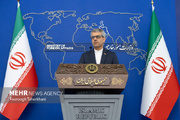


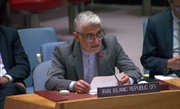
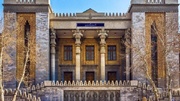



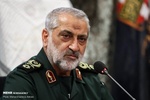









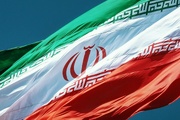


Your Comment